Andrew Paul Wood – 18 April, 2010
All of these different threads would appear to be pulled together in a definitive statement of melting pot Kiwiness in Four Kiwi Blessings: Good Food, Good Sex, Good Work & Good Kids (or no kids, whichever your preference) which almost sounds like cod Confucius but seems highly appropriate to the Aotearoa of the quarter acre kultis.
Christchurch
Kim Lowe: 9 Dragons
Eileen Leung: Radiance
30 March - April 24 2010
Christchurch-based Kim Lowe’s exhibition 9 Dragons is a small but perfect exhibition in that underrated medium of printmaking. Lowe has been practicing for twenty years, and her experience shows in her delicacy of colour (coral/lacquer red, celadon green and slate grey), the cunning interlocking patterns and the subtlety of the embossed surfaces through the use of woodblock printing.
Why the contemporary art world should look down its nose at printmaking, I don’t know. It requires considerable training and skill to achieve high quality work, which this is, with its own culture and technical vocabulary. Perhaps it is the suggested taint of That Which Must Not Be Named By Serious Artists - craft. Bollocks to that. Art is when craftsmanship meets imagination.
Lowe draws on her Chinese heritage for traditional leitmotifs to create a matrix within which to reworking symbolic forms representing the identities of other cultures making up New Zealand. For example 9 Red Celtic Luo Shu Forms mixes the traditional Chinese Luo Shu pattern (reminiscent of the Greek key meander) modified by the aesthetics of the Celtic knot to form a splendid abstract pattern and United Tribes of Dragon (a nod to Ralph Hotere perhaps like the grid sans dragon 9 White Jacks) take the overlapping crosses of the British Ensign to form a constellation around a classical flying Chinese dragon that also suggests the cloud-scrolls of the early Han period. The print Red Peony Moon strikingly resembles the Chinese lacquerwork dishes of the fifteenth century.
Three of the prints use the deliciously evocatively named ghost technique to great success in creating images of difficult execution. One of these, the titular 9 Dragons employs draconian forms that seem to also suggest the taniwha of the so-called “Moa Hunter” rock drawings of the Canterbury High Country, created by the ancestors of Maori around the time of Polynesian settlement. And yet this sits very naturally with Chinese visual traditions.
All of these different threads would appear to be pulled together in a definitive statement of melting pot Kiwiness in Four Kiwi Blessings: Good Food, Good Sex, Good Work & Good Kids (or no kids, whichever your preference) which almost sounds like cod Confucius but seems highly appropriate to the Aotearoa of the quarter acre kultis.
I particularly like the positivity and generosity of spirit inherent in the works and their celebration of New Zealand’s true diversity where so much contemporary art of a political bent is full of anger. These gentle pieces make a soothing alternative, and also remind us that the Chinese have been contributing to our society for as long as there has been a European presence - and as Pakeha is normally used exclusively to refer to those of European descent, again and again we fail to recognise the fact.
What is perhaps most intriguing is that here is a restrained and delicate counterpoint to what usually happens with ‘nationalism’ themed art in New Zealand, especially when intended for an international audience (you will recall Creative New Zealand’s latest catch-cry “International Ready”, though no one is entirely sure what that means): scenic landscape porn or ethno-kitsch (the latter resulting in some hideous work by a minority of Maori artists who are never criticised for it because the Auckland and Wellington art scenes regularly confuse pandering to exoticism as mana). These prints can hardly be described as ethno-kitsch because they are clearly interested in the nature of identity; they don’t waste their time trying to tick preconceived boxes.
Serendipitously, the other exhibition sharing the gallery is Eileen Leung’s Radiance. Leung is a young Auckland-based artist originally from Hong Kong, thus offering another Chinese-inflected perspective on contemporary New Zealand art practice.
Leung’s chosen methodology is a kind of pop and rococo version of Constructivism which she uses to reinterpret the traditional Buddhist/tantric motif of the mandala. These are constructed out of various materials, but particularly Perspex, and then elaborately decorated in a manner distantly recalling traditional porcelain painting. Other influences behind these delicately feminine and girlish works would appear to include Pia Fries and Jessica Stockholder.
These works are decidedly less subdued and more colourful than Lowe’s, but the same formalism and patient dedication to practice and process are just as evident. New Zealand’s art melting pot continues to be interesting and produce surprises.
Andrew Paul Wood
Recent Comments
John Hurrell
Here is a fascinating article on Judith Gifford, the pioneer Christchurch dealer, by her daughter Kirsten. https://www.stuff.co.nz/the-press/news/126514508/life-story-christchurch-gallery-owner-judith-giffords-life-in-fine-art
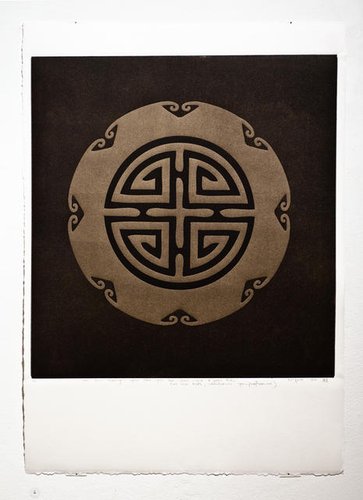

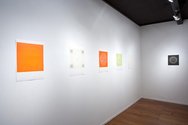
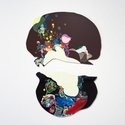
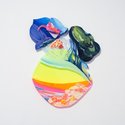
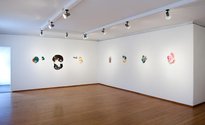
 Two Rooms presents a program of residencies and projects
Two Rooms presents a program of residencies and projects Advertising in this column
Advertising in this column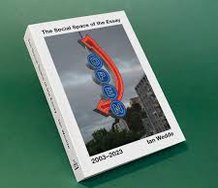
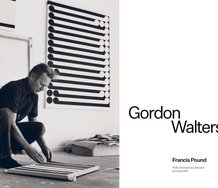
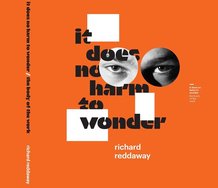
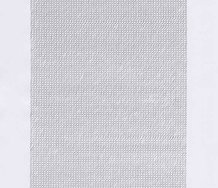
This Discussion has 1 comment.
Comment
John Hurrell, 11:09 p.m. 2 October, 2021 #
Here is a fascinating article on Judith Gifford, the pioneer Christchurch dealer, by her daughter Kirsten. https://www.stuff.co.nz/the-press/news/126514508/life-story-christchurch-gallery-owner-judith-giffords-life-in-fine-art
Participate
Register to Participate.
Sign in
Sign in to an existing account.